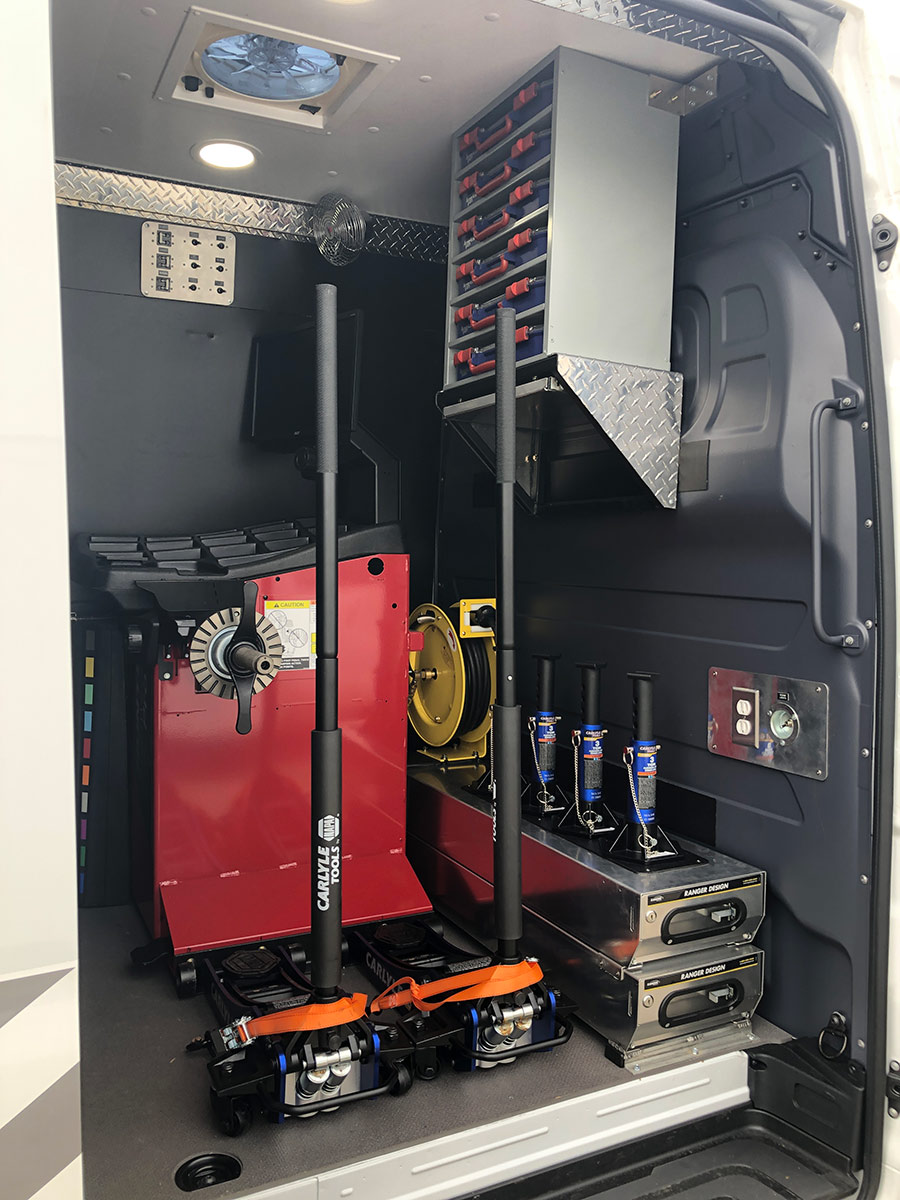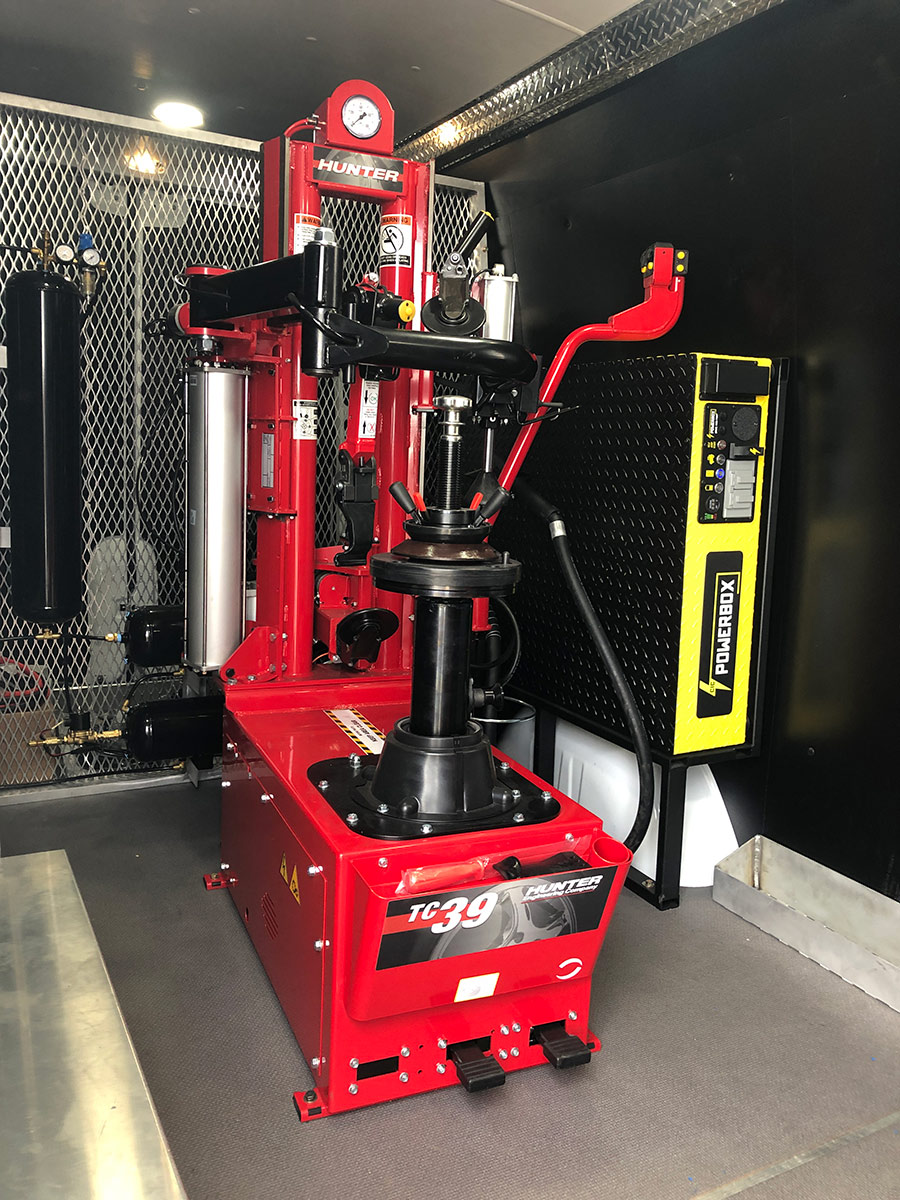Rapid and Specialist Mobile Tire Repair Las Vegas Providers
Rapid and Specialist Mobile Tire Repair Las Vegas Providers
Blog Article
Tire Solution: Proven Methods for Optimal Tire Maintenance and Treatment
Preserving ideal tire problem is extremely important for both security and performance of any kind of automobile. From making sure correct tire pressure to regular turning and alignment, there are proven techniques that can dramatically prolong the life-span of your tires and enhance overall driving experience. As we explore the complexities of tire care and upkeep, we will certainly uncover vital standards that every car owner ought to stick to for the very best possible outcomes. Let's delve right into the world of tire solution and uncover the secrets to maintaining your tires in top-notch form for the long run.
Significance of Tire Pressure
Appropriate tire pressure advertises far better fuel effectiveness, as under-inflated tires can lead to increased rolling resistance, causing the engine to work harder and take in even more fuel. Right tire stress ensures even step wear, enhancing tire durability and conserving cash in the long run by postponing the demand for early replacements. Regularly adjusting and examining tire pressure, specifically in the past long journeys, is a basic yet effective way to boost vehicle performance, extend tire life expectancy, and focus on safety and security on the roadway.
Tire Rotation Guidelines
When taking into consideration tire turning standards, it is necessary to recognize the importance of this maintenance job in making best use of tire life-span and maintaining optimal car performance. Tire rotation involves transforming the setting of each tire on an automobile to make sure even tread wear. Front tires tend to wear faster than back tires due to steering forces, making normal turning critical for well balanced wear patterns. The advised turning pattern varies depending upon whether a car is front-wheel, rear-wheel, all-wheel, or four-wheel drive. Typically, tires should be revolved every 5,000 to 7,500 miles, or as advised in the vehicle guidebook. Ignoring tire rotation can lead to uneven wear, influencing handling, traction, and potentially compromising lorry security. By adhering to proper turning guidelines, drivers can extend the life of their tires, boost fuel effectiveness, and enhance total driving experience. Routine rotation is a straightforward yet efficient maintenance technique that contributes substantially to tire longevity and lorry performance.

Benefits of Wheel Placement
Guaranteeing correct wheel placement after tire rotation is important for keeping well balanced wear patterns and optimizing vehicle performance. Wheel alignment refers to the modification of the angles of the wheels to the maker's requirements. Among the key benefits of wheel alignment is enhanced guiding and managing feedback. When the wheels are effectively aligned, it reduces steering effort, guaranteeing a smoother and much more regulated driving experience. Furthermore, proper wheel placement assists to prolong the life expectancy of your tires. Misaligned wheels can trigger irregular tire wear, resulting in early tire replacement and increased maintenance costs.

Tire Tread Deepness Examine
Carrying out a routine examination of tire tread deepness is essential for preserving secure driving conditions and extending the life-span of your tires. The tread on your tires plays a crucial function in providing grip, particularly in slippery or wet conditions. To inspect your tire walk depth, you can utilize a walk depth gauge or the cent test. The suggested walk deepness goes to the very least 2/32 of an inch. If the tread depth is below this limit, it is time to change your tires to make sure optimal efficiency and security on the roadway. Unequal step wear can show concerns with tire stress, placement, or suspension, highlighting the relevance of normal tread deepness checks. Overlooking to keep track of and preserve appropriate walk deepness can cause lowered grip, longer stopping distances, and a boosted threat of hydroplaning. By including tire step deepness checks right into your regular upkeep routine, you can drive with confidence understanding that your tires are in top problem.
Seasonal Tire Evaluation
Seasonal tire evaluation is a fundamental aspect of tire maintenance that makes certain tires are all set to deal with the difficulties positioned by different climate problems. In preparation for winter, it is important to check the tire stress regularly as cold temperatures can create tire pressure to drop. By conducting regular seasonal tire assessments, motorists can prolong tire life-span, improve fuel efficiency, and most notably, make certain a safe and secure driving experience in differing weather condition conditions.
Verdict
Finally, maintaining correct tire stress, turning tires routinely, aligning wheels correctly, monitoring walk depth, and performing seasonal inspections are essential methods for ideal tire treatment. By complying with these proven approaches, motorists can guarantee their tires last longer, perform much better, and contribute to general vehicle security. It is very important to prioritize tire upkeep to prevent mishaps, boost fuel performance, and extend the lifespan of tires.
Ample tire pressure advertises better gas effectiveness, as under-inflated tires can lead to raised rolling resistance, triggering the engine to this contact form work harder and consume more fuel.When thinking about tire rotation guidelines, it is crucial to see this page comprehend the significance of this upkeep task in maximizing tire life-span and keeping optimal car efficiency. Seasonal tire examination is a fundamental aspect of tire maintenance that guarantees tires are prepared to deal with the obstacles postured by different weather conditions. By carrying out routine seasonal tire assessments, vehicle drivers can lengthen tire life-span, enhance fuel efficiency, and most importantly, make sure a safe driving experience in differing weather condition problems.
In final thought, preserving appropriate tire stress, turning tires regularly, aligning wheels correctly, keeping an eye on step deepness, and performing seasonal inspections are important practices for optimal tire treatment.
Report this page